High Tech Design Safety CEO, Steve Barcik Amstel understands how important it is for clients to get their product to market in a timely and practical manner. Building to the standard is critical to accomplishing this and today he continues to provide an in-depth look at the primary standard for Semiconductor Manufacturing Equipment, SEMI S2.
(Link to video also available here: https://youtu.be/F9_kdd8-zCI )
In today’s video specifically, Steve Barcik Amstel continues to breakdown SEMI S2 Sections 15-28 and provide a better understanding of what companies can expect on the path to get their equipment to market. High Tech Design Safety (HTDS) is a third-party test laboratory. We do evaluation certification and design reviews and as well as this whole other space called conformity discovery process, which allows your team to discover how much they already conform and then learn what it takes to get the rest of the conformity in place.
The last video talked about the first fourteen sections and now Steve is going to cover the next fourteen sections. And you’re probably like “wow that’s a lot”. Well there are 28 sections in the standard and our goal is to help you design these needs into your product so when it’s time for certification, evaluation certification and going to market, you’re ready to go. There’s not this dead time when you’re trying to catch up with the certification requirements.
Last time we left off our overview of SEMI S2 with Section 14, which was fire protection. The next one is process liquid heating systems (Section 15). So if you’re using liquid in your equipment and you’re heating it, there are specific requirements there. You know it may seem obvious that you don’t want to run your heaters dry unless they’re capable of doing that, and you don’t want to overheat some volatile material to cause it to ignite. There’s a bunch of other requirements…they’re in liquid chemical heating and baths…all included in this section.
The next one is Section 16 Ergonomics and Human Factors. Primarily that section points to SEMI S8, which is the ergonomic standard for semiconductor equipment. It deals with how operators service and maintenance people interact with the equipment. We will cover that standard in depth in another video.
Section 17 is hazardous energy isolation. It’s your lockout tagout, how do you safely turn off the equipment and then prevent it from being turned back on, whether it’s gases, liquids, pneumatics, hydraulics… If you have them or electrical or any other radiation generating or motion generating sources. How you lockout and tagout all of that equipment and how you do that that section is important especially for documentation to provide to your end-users.
The next one is Section 18 – mechanical design. It talks about designing your equipment such that you know any moving parts are well designed so they don’t break, they don’t fall and it gets into other very specific mechanical design sections and we’ll go through that in depth when we get there.
Section 19 is about seismic protection. So if you have a large piece of equipment or even a small piece of equipment in a factory and there is a seismic event, an earthquake event, the equipment can move around, topple over, fall over, liquid can spill out of it, gases can be released. It’s all about securing the equipment to the facility and being certain that the frame of the equipment is sufficient to prevent the machine from breaking up during a seismic event. This is very critical in these large factories. It’s even critical in your office spaces to have your bookcases secured to the wall if you live in a seismic zone.
So after seismic is Section 20, which is automated material handling equipment and devices. This includes any of the machines that deliver wafers to your equipment and how they interface with the tool, the semiconductor manufacturing equipment. This sections is going to deal with all of that and even down to robots that travel around inside the fab, either overhead or on the floor.
Section 21 is all about environmental considerations, about exhaust and effluent and keeping liquid effluent separated, about potentially recapture, reuse. There’s not a lot of that semiconductor right now. Most of the liquid chemicals are gone downstream for reuse that way, but it deals with all the environmental conditions and considerations and looks to reduce the environmental impact of semiconductor equipment.
Section 22 is about exhaust ventilation. There’s a real big drive now in our industry to reduce the amount of exhaust used with equipment. That’s a good plan but also on the other hand if there is a release to capture it, we at High Tech Design Safety are experts in that section as well and can provide you with tracer gas testing and other testing to meet those needs.
Section 23 talks all about the chemicals that are used in the processes about trying to use less harmful chemicals if possible and about communicating to the end-user what chemicals equipment is approved for and how to utilize those chemicals.
Section 24 is about ionizing radiation which includes x-rays and radioactive sources and those types, how to protect it and how you communicate their presence, their strength and protective measures to your end-users.
Number 25 is non ionizing radiation, so UV, IR, bright lights and things like that. All that non-ionizing radiation, how you manage that and to be sure that there’s not an injury to your operators or service people.
The next logical extension of that is Section 26, which is lasers. Communicating fully what lasers are in the equipment, how you designed to protect the people operating the equipment and the facility from those lasers should that be necessary and it goes into depth with that. Again here’s another section that we here at High Tech Design Safety are experts in helping you conform to including the attendant international standards 60825-1 for lasers and also the U.S. requirements for the Center for diseases and radiological health.
Section 27 deals with sound pressure level. Now our team hasn’t seen a lot of this be a problem in the fab; however, some equipment is loud. We do have to do a survey to see how loud the equipment is, to see the sound pressure level, the noise level emitted from the equipment and if it is too loud then how do we abate that and how do we take care of that in particular way.
Then Section 28 is about all the related documents that follow on and there is almost a whole entire page of related documents. Each of those goes into more depth of the section above or gives more explanation on how to apply.
So that’s the outline of SEMI S2. Now as we go on with each section in the upcoming videos, Steve will dive into each section and give you a full explanation of how each is applied in practical ways to find conformity for your equipment and then practical ways to measure, prove and certify.
If you’re looking to better understand how your equipment conforms with SEMI S2, then please like and subscribe below so you can get this information every time we post a new video or blog.


